Introduction
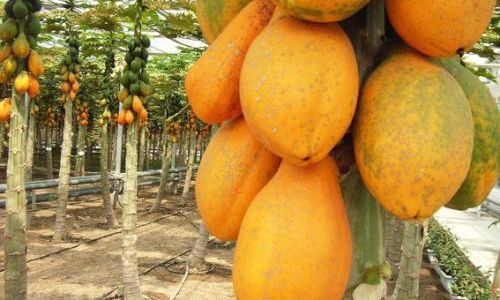
The red-fleshed papaya, known scientifically as Carica papaya ‘Red Lady’ or similar varieties, is a tropical fruit renowned for its vibrant interior, sweet flavor, and numerous health benefits. This unique variety stands out among its green-fleshed counterparts with its striking crimson hue and a slightly richer, more aromatic taste. However, achieving the perfect ripeness in a red-fleshed papaya can be a delicate process, requiring patience and the right techniques. In this comprehensive guide, we will explore various methods to ripen red-fleshed papayas effectively, ensuring you enjoy their optimal taste and texture.
Understanding Papaya Ripening
Before diving into the specifics of how to ripen red-fleshed papayas, it’s crucial to understand the basic biology of papaya ripening. Papayas, like many other fruits, undergo a series of biochemical changes as they mature. These changes are triggered by ethylene, a plant hormone that plays a pivotal role in fruit ripening.
When a papaya is picked, it continues to ripen if it has reached a certain stage of maturity known as the “breaker” stage. At this point, the fruit begins to produce ethylene, which initiates the breakdown of starches into sugars, softening of the flesh, and the development of color. If picked too early, the papaya may not ripen properly, resulting in a hard, starchy interior. Conversely, picking too late can lead to over-ripening and spoilage.
Identifying a Ripe Red-Fleshed Papaya
Before attempting to ripen your red-fleshed papaya, it’s important to know what a ripe one looks and feels like. Here are some key indicators:
-
Color: While the exterior skin of a ripe red-fleshed papaya may vary from green to yellow-green, the most reliable indicator is the color of the fruit’s ‘stem end’ (the opposite end from where it was attached to the tree). This area should turn a deep orange or even reddish-brown when the fruit is ripe.
-
Texture: A ripe papaya will yield slightly to gentle pressure when pressed with your thumb. Avoid fruits that feel overly firm or have soft spots, as these may indicate they are unripe or overripe, respectively.
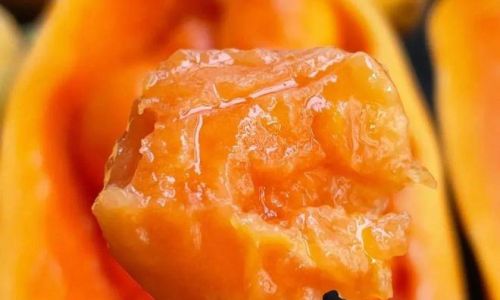
-
Aroma: A ripe papaya emits a distinct, sweet aroma. If you detect no scent or an unpleasant one, the fruit may not be ready.
Natural Methods for Ripening Red-Fleshed Papayas
-
At Room Temperature
The simplest and most natural way to ripen a red-fleshed papaya is to leave it at room temperature in a well-ventilated area. This method allows the fruit to produce ethylene naturally, promoting gradual ripening. Place the papaya on a countertop or kitchen table, away from direct sunlight and heat sources that could accelerate ripening too quickly.
Timeline: Depending on the initial maturity of the papaya, this process can take anywhere from 3 to 7 days. Check the fruit daily by pressing it gently and smelling it to assess its progress.
-
In a Paper Bag
For a slightly faster ripening process, you can place the papaya in a paper bag. Paper bags allow for some air circulation while trapping ethylene gas produced by the fruit, creating a ripening environment. If you have several papayas, you can place them together in the bag, as the ethylene they produce will enhance each other’s ripening.
Timeline: Using this method, you can expect the papaya to ripen within 2 to 4 days. Again, monitor the fruit regularly by checking its firmness and aroma.
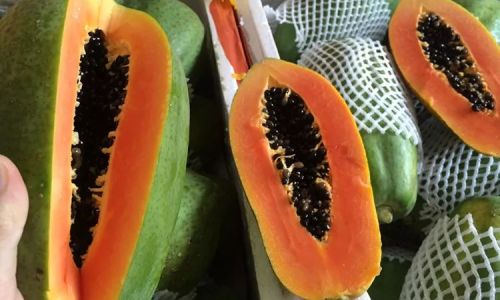
-
With Apples or Bananas
Apples and bananas are known for producing high levels of ethylene. By placing a ripe apple or banana in the same paper bag with your red-fleshed papaya, you can create an ethylene-rich environment that accelerates ripening. The ethylene from the apple or banana will act as a catalyst, speeding up the biochemical processes within the papaya.
Timeline: With this method, ripening can occur in as little as 1 to 3 days. Be vigilant in checking the papaya to prevent over-ripening.
Alternative Methods for Ripening
While natural methods are preferred, there are situations where alternative approaches may be necessary, such as when you need to ripen a papaya quickly or if you’re dealing with a particularly stubborn fruit.
-
In a Ripening Chamber
Commercial growers and some serious home enthusiasts may use ripening chambers to control the environment precisely, including temperature, humidity, and ethylene levels. These chambers mimic optimal conditions for ripening, allowing for faster and more consistent results.
Timeline: In a properly set-up ripening chamber, a papaya can reach optimal ripeness in just 1 to 2 days. However, this method requires specialized equipment and knowledge, making it impractical for most home users.
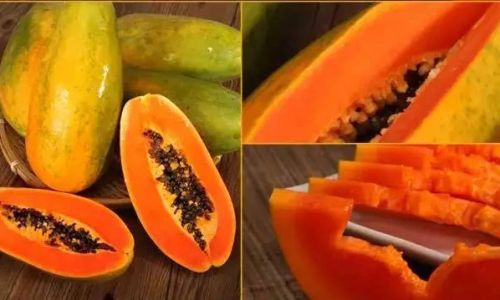
-
Using Ethylene Gas
For those with access to industrial-grade ethylene gas, this can be an effective way to ripen papayas quickly. However, this method is highly specialized and generally not recommended for home use due to safety concerns and the need for precise control over gas concentrations.
Timeline: With controlled ethylene exposure, ripening can occur within hours to a day. This rapid ripening can sometimes compromise the flavor and texture of the fruit, so it should be used cautiously.
Storing Ripened Red-Fleshed Papayas
Once your red-fleshed papaya has reached its peak ripeness, it’s important to store it properly to maintain its quality and extend its shelf life.
-
Refrigeration: Place the ripe papaya in the refrigerator, preferably in an airtight container or wrapped tightly in plastic wrap to prevent dehydration and the absorption of odors from other foods.
-
Shelf Life: Properly stored, a ripe red-fleshed papaya can last up to a week in the refrigerator. However, its best flavor and texture are enjoyed within the first few days after ripening.
Tips for Optimal Enjoyment
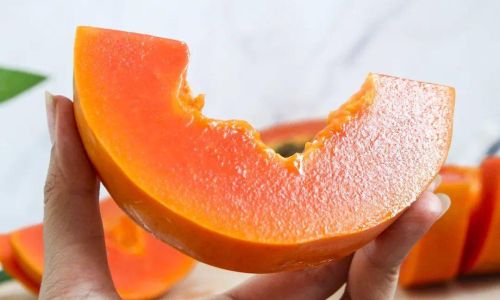
-
Serving Suggestions: Red-fleshed papayas are versatile and can be enjoyed in various ways, including fresh as a snack, blended into smoothies, or used in cooking and baking. Their sweet, aromatic flesh pairs well with tropical fruits, dairy products, and spices.
-
Freezing for Later Use: If you have excess ripe papayas, you can freeze them for later use. Peel, seed, and cut the fruit into chunks, then place them in freezer bags or containers. Frozen papaya can be used in smoothies, baking, or cooked dishes.
Conclusion
Ripening a red-fleshed papaya may require some patience and attention to detail, but the rewards are well worth it. By understanding the natural ripening process and employing effective methods, you can ensure your papayas reach their optimal state, delivering a delightful burst of sweetness and nutrition. Whether you opt for the simplicity of room temperature ripening or the accelerated approach of using apples or bananas, the key is to monitor the fruit closely and enjoy its transformation from firm to perfectly ripe. With this guide, you’ll be well-equipped to bring out the best in every red-fleshed papaya you encounter.
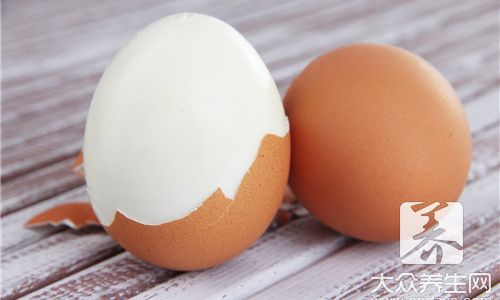

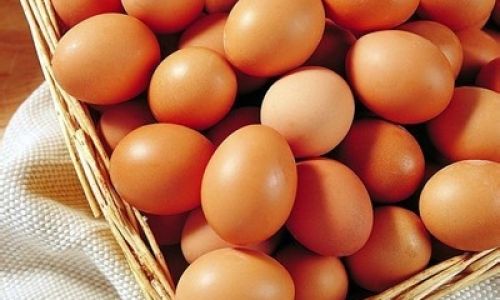
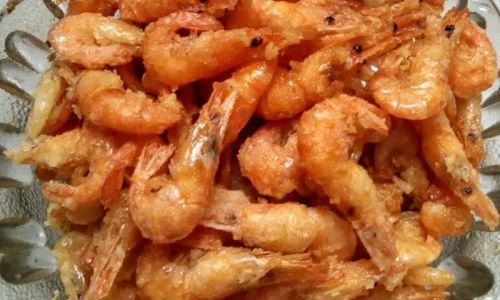
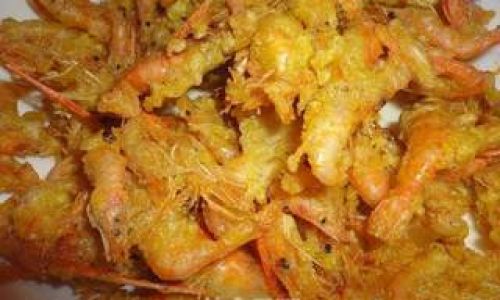
0 comments